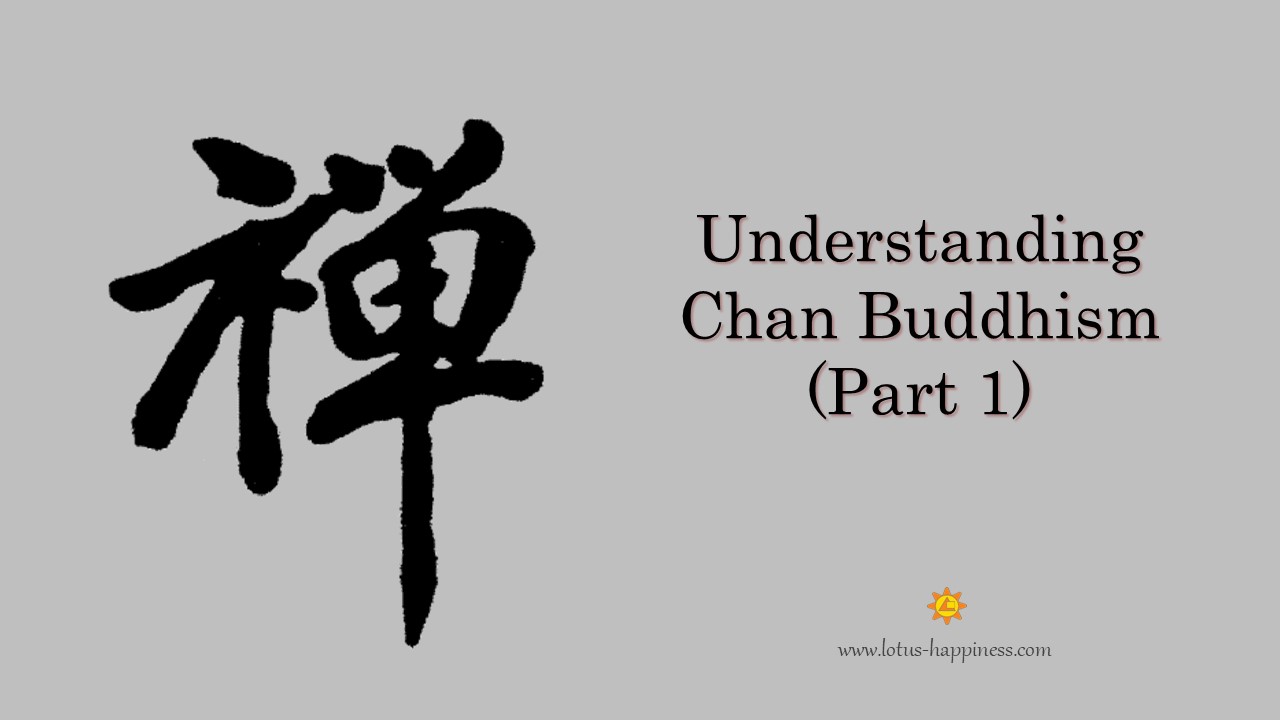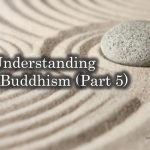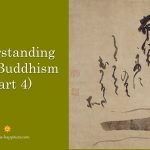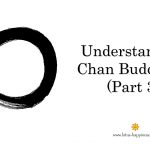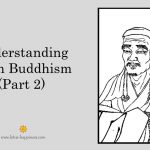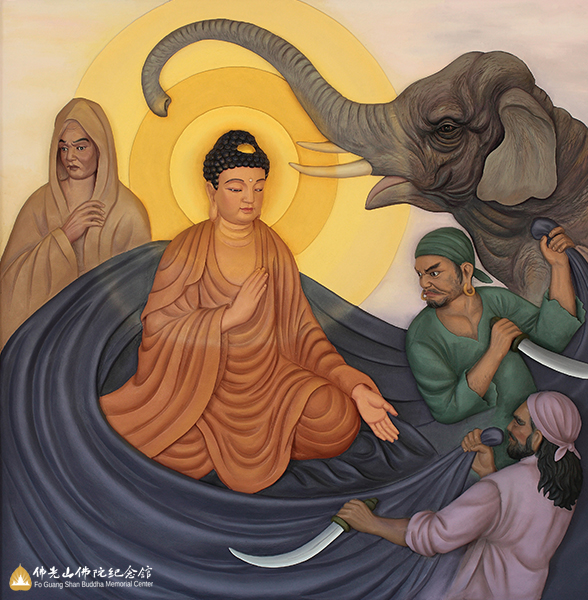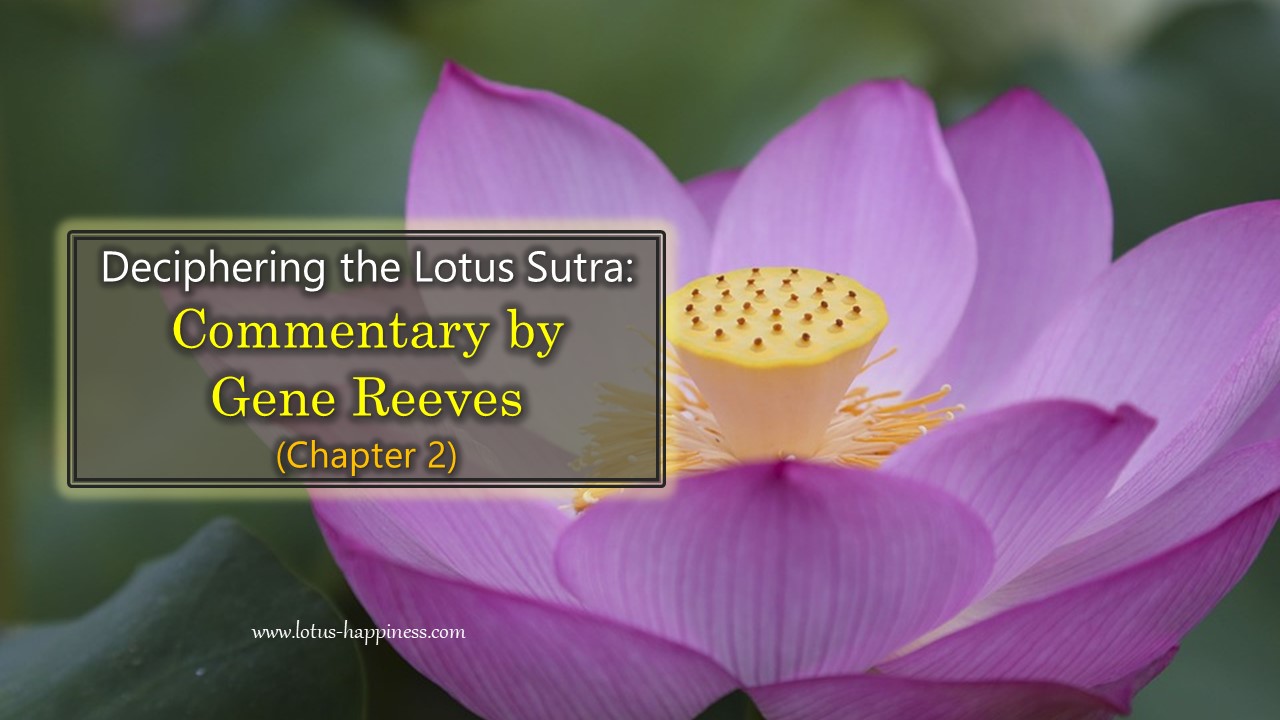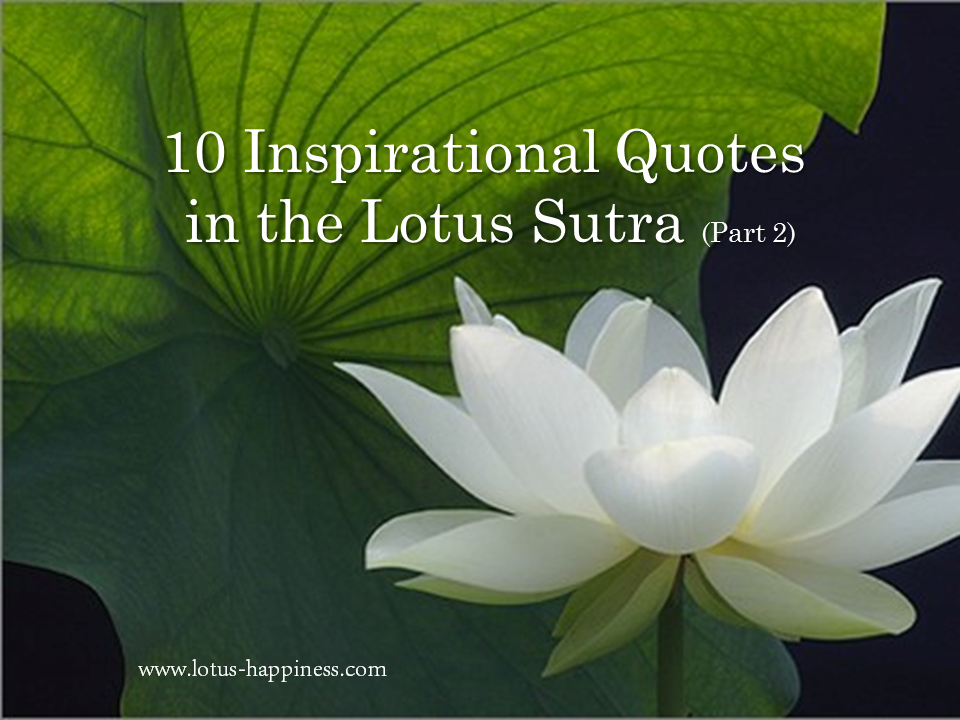Understanding Chan Buddhism (Part 1)
Ch’an [禪] is a Chinese word translated from the pronunciation of a Sanskrit word ‘Dhyana’ [禪那] in abbreviation. The word ‘Dhyana’ is usually not translated, but rendered as ‘meditation’, which this sect emphasizes. Dhyana is the outcome of meditation. However, Dhyana is much more extensive in its meaning and more intensive in its practice than meditation, as the former requires the practitioner to achieve ‘the direct seeing into his own heart’, and to achieve ‘the high bliss state in mind’, and to attain the highest wisdom of ‘Annutara-samyak-sambodhi’ [阿耨多羅三藐三菩提] of the Buddha.
Ch’an is very attractive and appealing to the common people, so it is regarded as a popular sect.
This school is also known as ‘Buddha Mind School’ [佛心宗], which will be explained in the following section.
In Japan, it is called ‘Zen’. The word ‘Zen’ is generally used in the western world, and is commonly found in the English dictionary.
Indian Background
In ancient India, there was the habit of meditation practiced in all schools of philosophy as well as in religion. There were six main systems of Indian philosophy. Amongst them, Yoga was the one devoted to meditation or concentrations. Generally, there are eight constituents of Yoga concentrations: (1) restraint (2) minor restraint (3) sitting (4) restraint of breath (5) withdrawal of senses (6) retention of mind (7) concentration of mind (8) concentration of thought. These practices were similar to the Yogacara School of Buddhism.
Yogacara means ‘practice of self-concentration’. The Yogacara School is the Buddhist idealism taught by Asanga, systematized by his brother Vasubandhu as the Theory of Mere Ideation or the Doctrine of Mere Consciousness. According to the master I-tsing, the famous traveler in India, Yogacara was one of the only two Mahayana schools in India, i.e. Madhyamika and Yogacara.
The Origin
The patriarchal history of Ch’an is mythical.
It is said that one day, Brahma came to the Buddha in Vulture Peak, and offered him a Kumbhala flower. They requested the Buddha to preach the Dharma to them. The Buddha ascended the Lion seat and held up the flower with his fingers without saying a word. No one in the assembly could understand what it meant. The venerable disciple Mahakasyapa alone smiled with joy. Then Shakyamuni Buddha said, ” The doctrine of the Eye of the True Dharma [正法眼] is hereby entrusted to you. Oh, Mahakasyapa! Accept and hand it down to posterity.” Mahakasyapa thus received the ‘Heart Dharma’ [心法] and became the first patriarch of Ch’an School.
When Ananda asked Mahakasyapa what the Buddha’s transmission was, he answered, “Go and take the banner down!” It was a tradition to have a banner outside the temple where Dharma was preached. To take the banner down meant to do without preaching in words. Alternatively, it meant the mind-sign or ‘Heart Dharma’ was handed down successively and passed by direct mind-to-mind, i.e. inner enlightenment. The teaching was called ‘ the School of Buddha Mind’. Thus, Ch’an School is also known as Buddha Mind School [佛心宗].
Later, Ananda became the second patriarch of Ch’an School in India.
However, many people confused this unsurpassed Dharma of Dhyana with other kinds of Dhyana that were mentioned by the Buddha. For instance, there are over 20 kinds of Dhyana in the Mahaprajnaparamita Sutra, but none of them is comparable to the Mahakasyapa’s one. In China, the Ch’an sect that was set up by Bodhidharma followed the line of Mahakasyapa, i.e in direct or subtle Dhyana, rather than in progressive or gradual one. It will be elaborated later.
The First Patriarch in China
The first patriarch of Ch’an school in China was Bodhidharma [菩提達摩]. He was also the 28th patriarch of Ch’an School in India.
He was the third son of the King of Kancipura in southern India. Following the advice from his teacher Prajnatara, Bodhidharma went to China in 520 AD. The Emperor Wu-ti [武帝] of Liang Dynasty welcomed and invited him to Nanking for an assembly. The Emperor asked him,” I have built many monasteries, printed many Buddhist scriptures, made offerings to numerous monks and nuns. How great is the merit due to me?” Bodhidharma answered, ” No merit at all!”
Emperor Wu of Liang asked Bodhidharma about the meaning of the Buddhist teaching. Bodhidharma replied, “Great emptiness, nothing at all holy!” He implied that building temples and performing ritual works would not lead to realization.
Then, the Emperor asked, “Who is facing me?” Bodhidharma replies, “I don’t know”. The Emperor was unhappy.
Knowing that it was not the right time to preach the profound Buddhist teaching, Bodhidharma then departed and crossed the Yangtze River. He went to Mount Wu-tai [五台山] and resided in Shao-lin Temple [少林寺] where he faced a cliff behind a big building, meditated in silence for nine years. People called it ‘wall contemplation’.
Here’s the message from Bodhidharma, which reflected the characteristic of Ch’an that he transmitted in China.
A special transmission outside the scriptures;
No dependence upon words and letters;
Direct pointing to the heart of man;
Seeing into one’s own nature.

